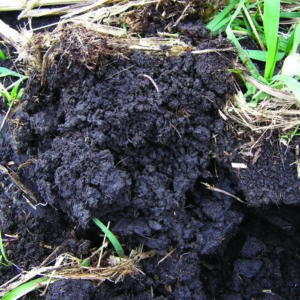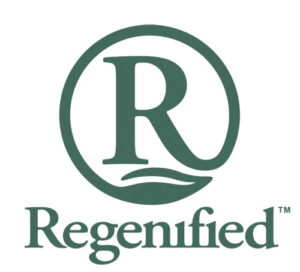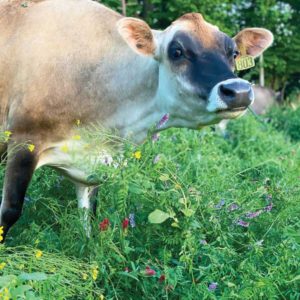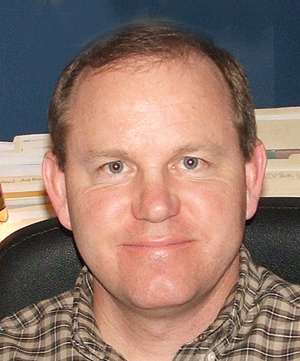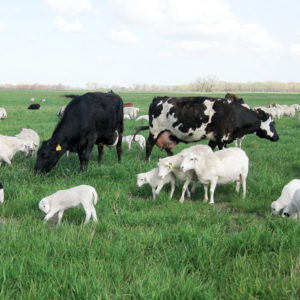Switch to multi-species grazing providing a better quality of life
By Martha Hoffman Kerestes
Greenville, West Virginia — Starting their own grass dairy from scratch was a dream come true for Aaron and Tara Helmick. But the dairy became a burden despite a decade of economic success.
The problem was a lack of quality of life. Aaron says he has very few memories of his second and third children before they were four years old because he was working so much that he was barely in the house.
Aaron and Tara started the low-input dairy as newlyweds in 2010 with an FSA loan and a 10-year lease on 470 acres. At first, prices were good and their seasonal management allowed a two-week vacation every year to recharge.
Then they were offered an organic contract at a good price that required a switch to year-round milking, so they made the transition in 2015. Milk prices dropped soon after, and the continuous milking made it hard to get away and even harder to maintain a healthy day-to-day life. They had doubled the herd in 2016, and were getting ready to double it again in 2018 when they realized something needed to change.
Continue reading “Helmicks’ change places family first”

